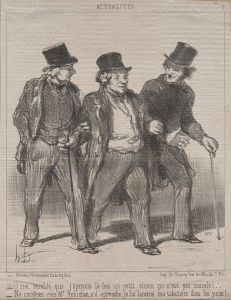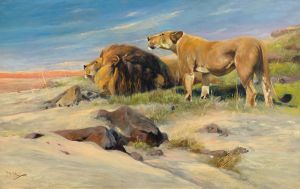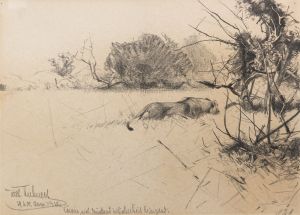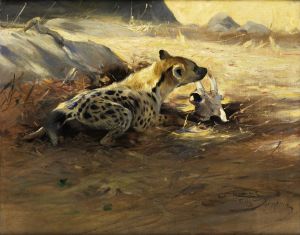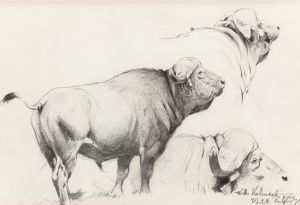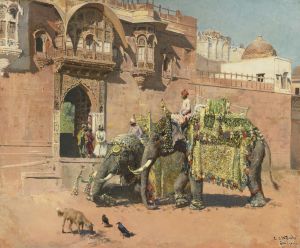
Elefanten auf der wanderung
A hand-painted replica of Wilhelm Kuhnert’s masterpiece Elefanten auf der wanderung, meticulously crafted by professional artists to capture the true essence of the original. Each piece is created with museum-quality canvas and rare mineral pigments, carefully painted by experienced artists with delicate brushstrokes and rich, layered colors to perfectly recreate the texture of the original artwork. Unlike machine-printed reproductions, this hand-painted version brings the painting to life, infused with the artist’s emotions and skill in every stroke. Whether for personal collection or home decoration, it instantly elevates the artistic atmosphere of any space.
Wilhelm Kuhnert was a renowned German painter and illustrator, best known for his realistic depictions of wildlife. Born on September 28, 1865, in Oppeln, Germany (now Opole, Poland), Kuhnert developed a passion for art and nature at an early age. He studied at the Royal Academy of Arts in Berlin, where he honed his skills in drawing and painting. His fascination with animals, particularly those from Africa, became the central theme of his artistic career.
Kuhnert's painting "Elefanten auf der Wanderung" (Elephants on the Move) is one of his notable works, showcasing his ability to capture the majesty and grace of wildlife in their natural habitats. Although specific details about the creation date and current location of this painting are not widely documented, it is representative of Kuhnert's broader body of work, which often focused on African wildlife.
Kuhnert traveled extensively to Africa, particularly to regions that are now part of Tanzania and Kenya, during the late 19th and early 20th centuries. These expeditions were crucial for his artistic development, as they allowed him to observe animals in their natural environments, which was relatively uncommon for European artists of his time. His travels provided him with firsthand experiences and sketches that he later used as references for his paintings.
"Elefanten auf der Wanderung" likely depicts a group of elephants moving across the African savannah. Kuhnert's attention to detail and his ability to portray the texture of the elephants' skin, the play of light and shadow, and the vastness of the landscape are characteristic of his style. His work is often praised for its accuracy and lifelike quality, which can be attributed to his direct observations and studies of animals in the wild.
Kuhnert's paintings were not only appreciated for their artistic merit but also for their contribution to the understanding of African wildlife. During a time when photography was still developing, his paintings served as valuable visual records of species and their behaviors. His work was featured in various publications, including books and magazines, which helped to popularize African wildlife among European audiences.
Throughout his career, Kuhnert received numerous accolades and his works were exhibited in prestigious galleries and exhibitions. He was a member of the Berlin Secession, an art movement that sought to break away from traditional academic art and promote modernism. His contributions to wildlife art have left a lasting legacy, influencing future generations of artists and naturalists.
Wilhelm Kuhnert passed away on February 11, 1926, in Flims, Switzerland. Despite the passage of time, his paintings continue to be celebrated for their beauty and precision. "Elefanten auf der Wanderung" remains a testament to his skill and dedication to capturing the essence of the natural world. While specific information about this particular painting may be limited, Kuhnert's overall impact on wildlife art is well-documented and continues to be appreciated by art enthusiasts and historians alike.





